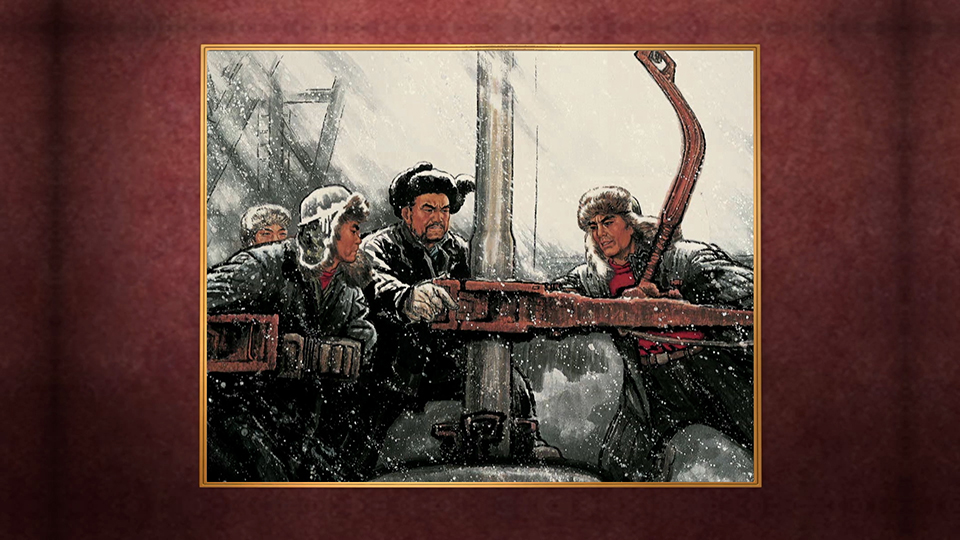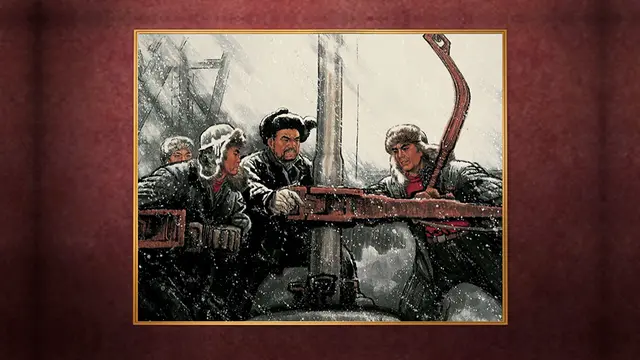02:09

In the 1950's, a scarcity of crude oil threatened China's energy security.
On September 26, 1959, an oil drilling unit in northern China struck "black gold."
A gusher of oil burst from the ground the team was exploring. The workers cheered and named the newly-discovered oilfield "Daqing" which means "big celebration."
From all across the country hundreds of thousands of petroleum workers converged on the region known as the Songliao Basin.
The dedicated "roughnecks" – best represented by "Ironman" Wang Jinxi – became legends for their courage and grit.
Wang and his celebrated No. 1205 drilling crew endured temperatures as low as -30 Celsius on the barren grasslands of Northeast China's Heilongjiang Province.
Wang Jinxi said they would "sacrifice 20 years of their life" to develop the region.
They struck oil in five days. Their legacy lives on.
Daqing would become China's largest oilfield, accounting for more than half of China's total output.
It has produced over 50 million tonnes of crude annually for 27 consecutive years.
Today, Daqing remains China's largest oilfield.
One of the "few super large sandstone oil fields in the world," its 52 oil and gas fields guarantee China a steady supply of petroleum.
In 1973, artist Zhao Zhitian painted "Daqing Workers Have No Winter."
It shows the dedication of Daqing's roughnecks, drilling despite the extreme cold.
The depiction of Wang Jinxi and his team drilling during a fierce snowstorm pays tribute to the indomitable spirit of the oil workers of Daqing.
Check out
The China Report
, our new weekly newsletter.Subscribe here!
 简体中文
简体中文





